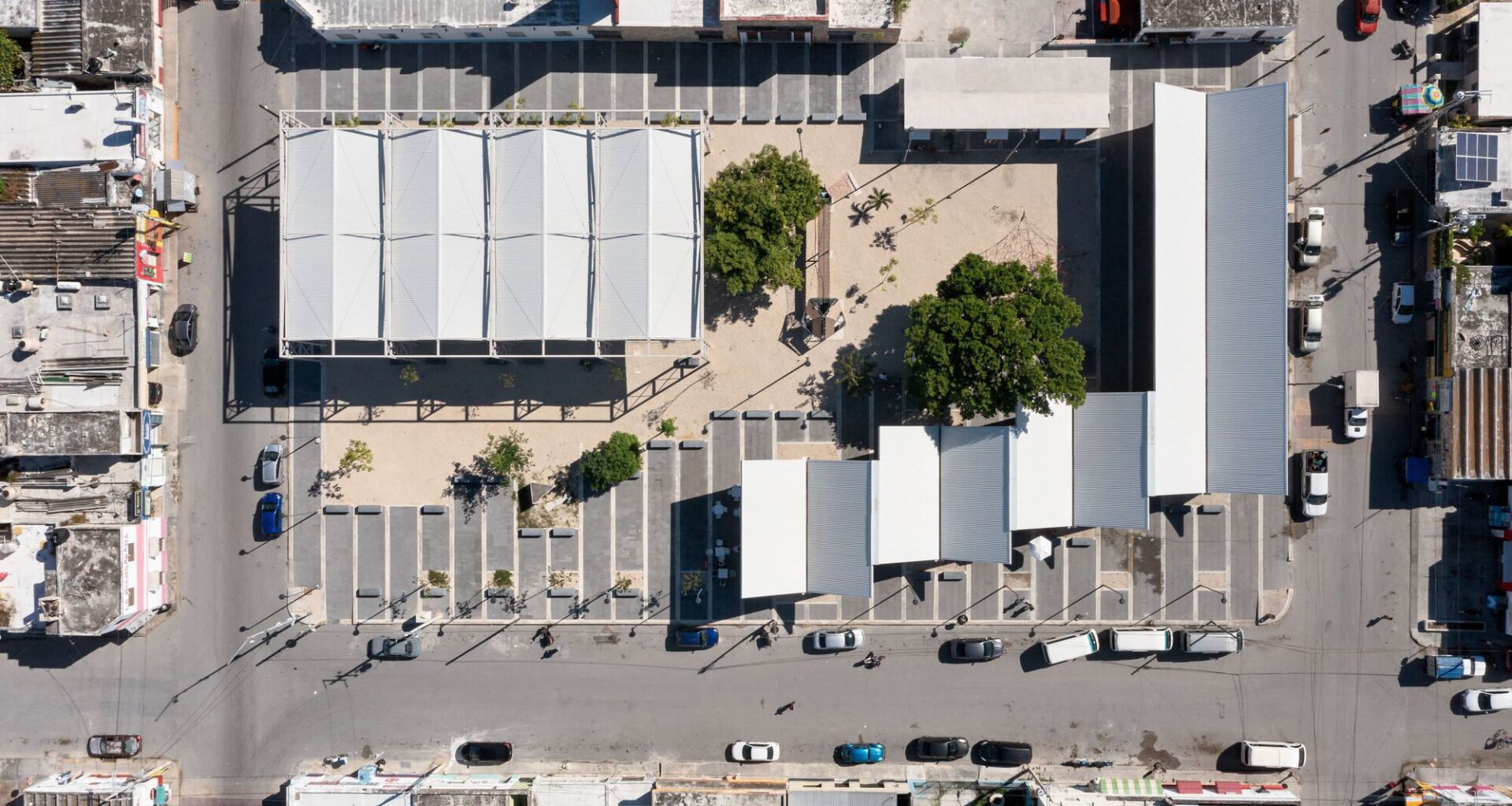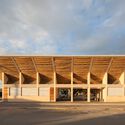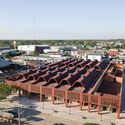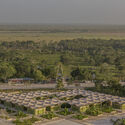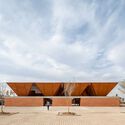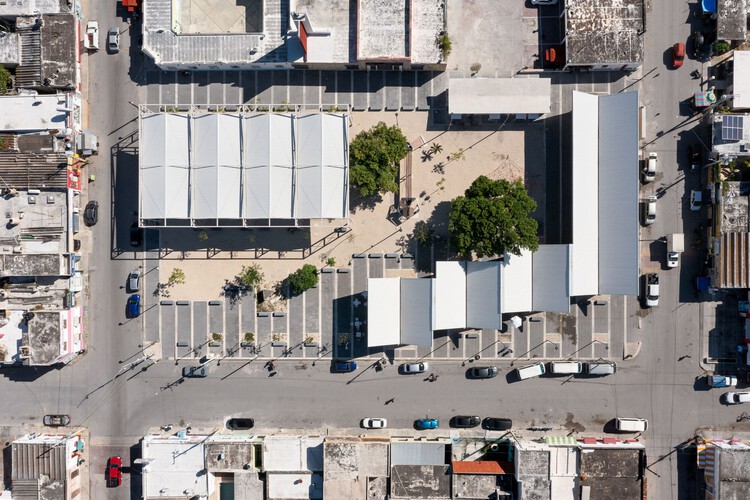 Central plaza at Chicxulub Market Plaza by Estudio MMX. Image © Dane Alonso
Central plaza at Chicxulub Market Plaza by Estudio MMX. Image © Dane Alonso
Share
Or
https://www.archdaily.com/1032757/the-market-plaza-as-civic-core-5-projects-that-explore-contemporary-approaches-to-market-design-in-mexico
Contemporary Mexican market architecture frequently draws inspiration from its pre-Hispanic precedents. The Tlatelolco Market in ancient Tenochtitlan, for example, featured a large, stone-paved open square with designated “streets”, which were divided into sections for specific goods, serving as a significant gathering point for social and economic exchange. Similarly, the tradition of the Tianguis, an ephemeral market typology within the broader Mesoamerican tradition, also arranged stalls in aisles within a public plaza, reflecting organizational principles seen in Tlatelolco. These historical models established a base for the tradition of marketplaces in Mexico and the countries in Central America, where they merge public space and structured layouts for commerce. Today, even though many of Mexico’s commercial spaces, notably Mexico City’s Central de Abasto and other markets such as the Jamaica, Merced, and San Juan Markets, have taken on a stationary approach to serving their communities, tianguis maintain their foothold in Mexican society.
Modern Mexican market projects seem to use and reinterpret these traditional principles through several architectural strategies. A primary focus is the integration of a central public space, often through courtyards, creating communal hubs that echo the functional and social centrality of historical markets. Similarly, floor plans commonly feature layouts with “aisles” or “streets” that group market stalls, allowing for organized product placement. These designs also prioritize climate response and materiality, emphasizing natural ventilation and shade, while using local or traditional materials. These choices reflect enduring architectural strategies essential for the functionality of open-air markets in the Mexican climate, demonstrating a continuous dialogue between historical forms and contemporary needs.


